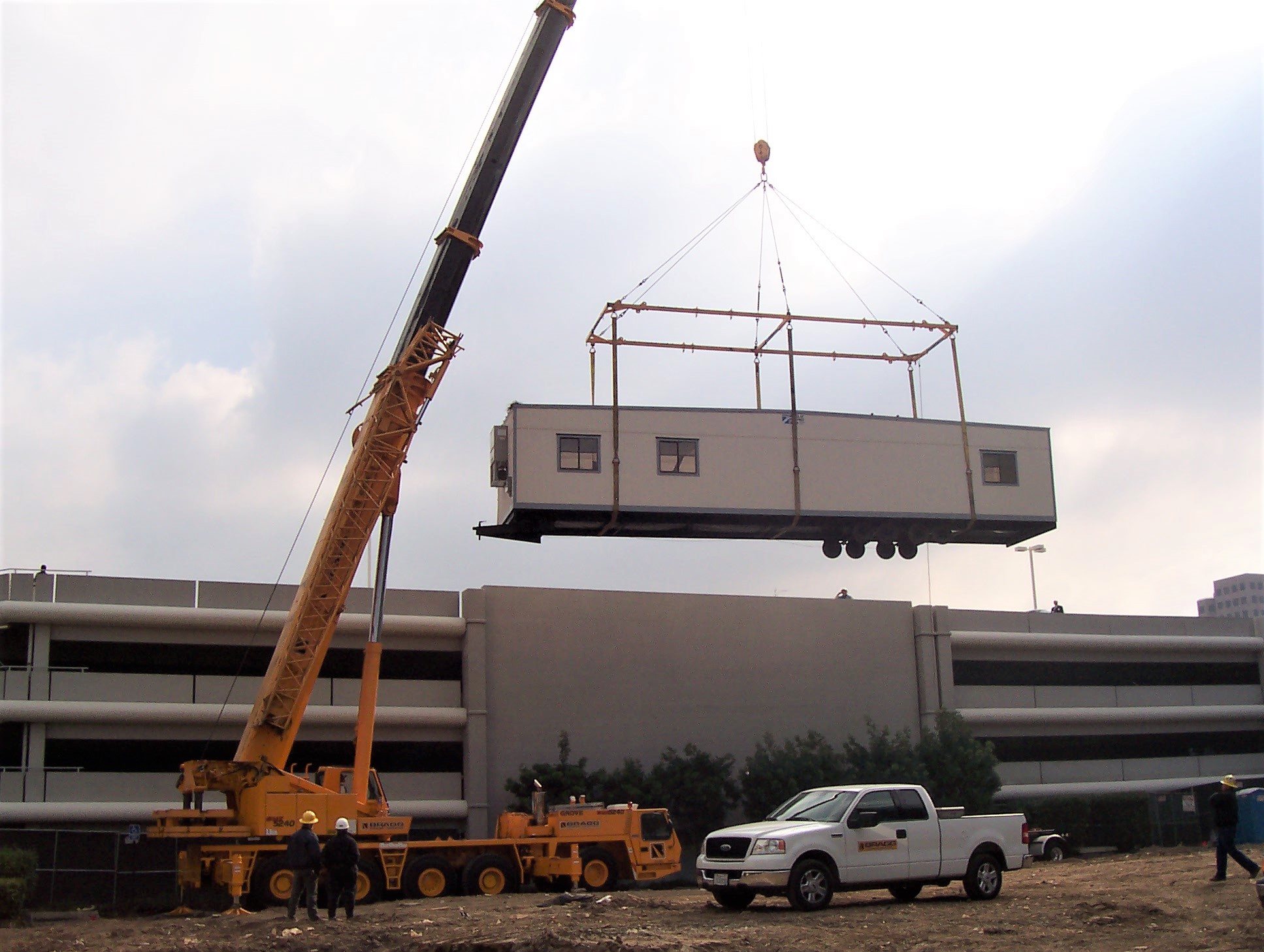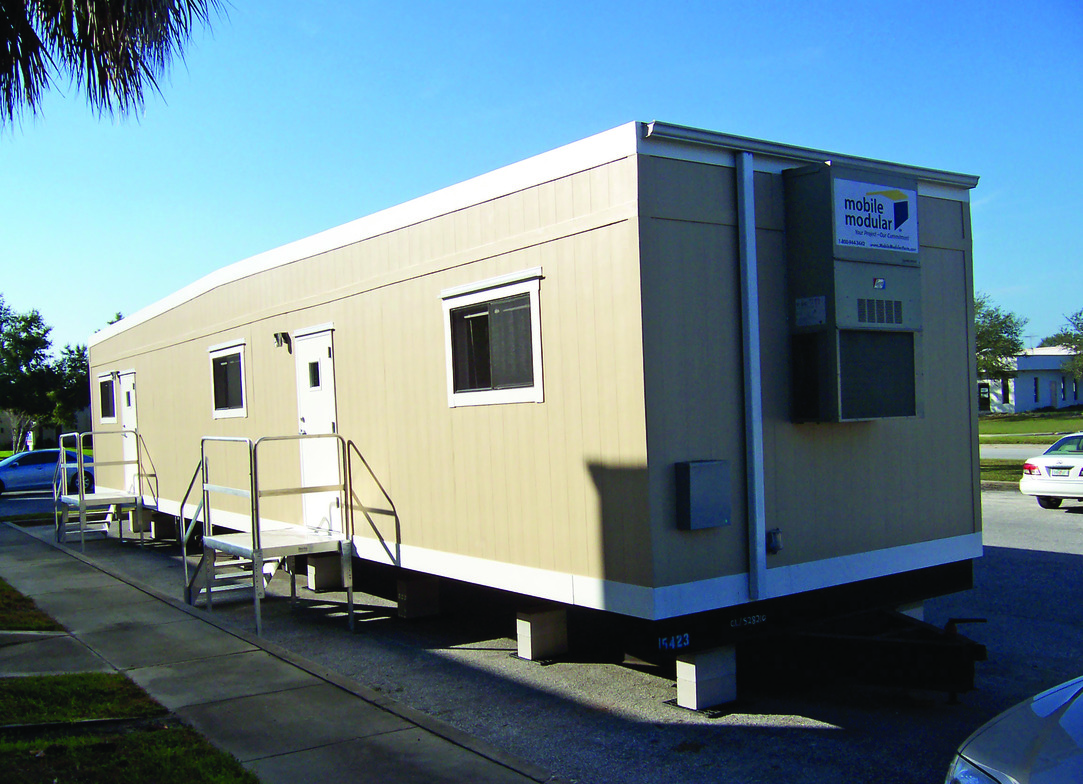Sustainable Construction Techniques: 5 Green Practices We Can All Learn from the Modular Building Industry
Around the world, carbon emissions are exceeding the maximum levels scientists say we need to stay under in order to avoid the worst effects of climate change. To help tackle this crisis, businesses in various countries, organizations, and industries have stepped up to try to reduce global carbon emissions.
One of the key industries that is fighting for some positive change is the construction industry.
Sustainable construction techniques have started to become more common in an industry that, according to the United Nations, contributes to almost 39 percent of carbon emissions around the globe.
The modular building industry, in particular, has been a shining example of how to promote sustainability in construction. In this post, we examine some benefits of modular construction and five green construction practices we can all learn from the modular building industry.
For help with your modular building project, reach out to the experts at Mobile Modular.
Sustainable Construction Does Not Sacrifice Quality
There’s a common misconception about any process that’s more sustainable than an older or outdated version of that process — that it is somehow of lower quality, less durable, not up to industry standards, less reliable, and so on. In sustainable construction, that’s simply not the case.
Eco-friendly modular buildings must meet exactly the same standards as traditional buildings during and after construction. There is no wiggle room inserted in the name of going green. And because modular units are built in controlled factory environments, they can even be higher quality than some traditional buildings.
Want to learn more about modular construction? Check out our Ultimate Guide to Understanding Modular Construction and Modular Buildings.
Factory-Built Modular Units Allow Less Human Error
Any process that involves people is susceptible to human error. And while factory environments do involve people, they involve fewer people than the crews on traditional construction sites. That means fewer chances to introduce a mistake that could reduce the overall quality or integrity of the building in the future.
Modular Buildings Are Less Susceptible to Moisture

Factory environments are highly controlled. Materials are dry and safe from extreme temperatures. So when modular building units come together inside factories, they have less of a chance of allowing in moisture that could lead to moisture damage or mold.
In traditional construction, many parts of homes and commercial buildings are put together at the construction site. This environment is much less controlled. If it’s humid or raining, moisture is hard to avoid. Inevitably, some moisture is trapped inside certain parts of the building. And often, mold and moisture damage find their way in.
How Modular Construction Promotes Sustainability
With those disclaimers out of the way, let’s take a look at five green construction practices we can all learn from the modular building industry:
- Reduced construction waste
- Reusable buildings
- Fewer vehicle emissions
- Baked-in energy efficiency
- Faster construction time
How to Promote Sustainability in Construction? Go Modular
For those wondering how to promote sustainability in construction, the answer is clear: Go modular. Modular construction offers key sustainable construction techniques that save on emissions and waste — not to mention the cost savings for contractors and the people who will eventually own the modular building.
Interested in moving forward with a modular construction project? Mobile Modular has helped countless clients, from the Arctic to the Caribbean, bring their modular buildings from concept to reality. To discuss your project with a modular construction professional, reach out to Mobile Modular by calling 866-395-7309 or contacting us online.





